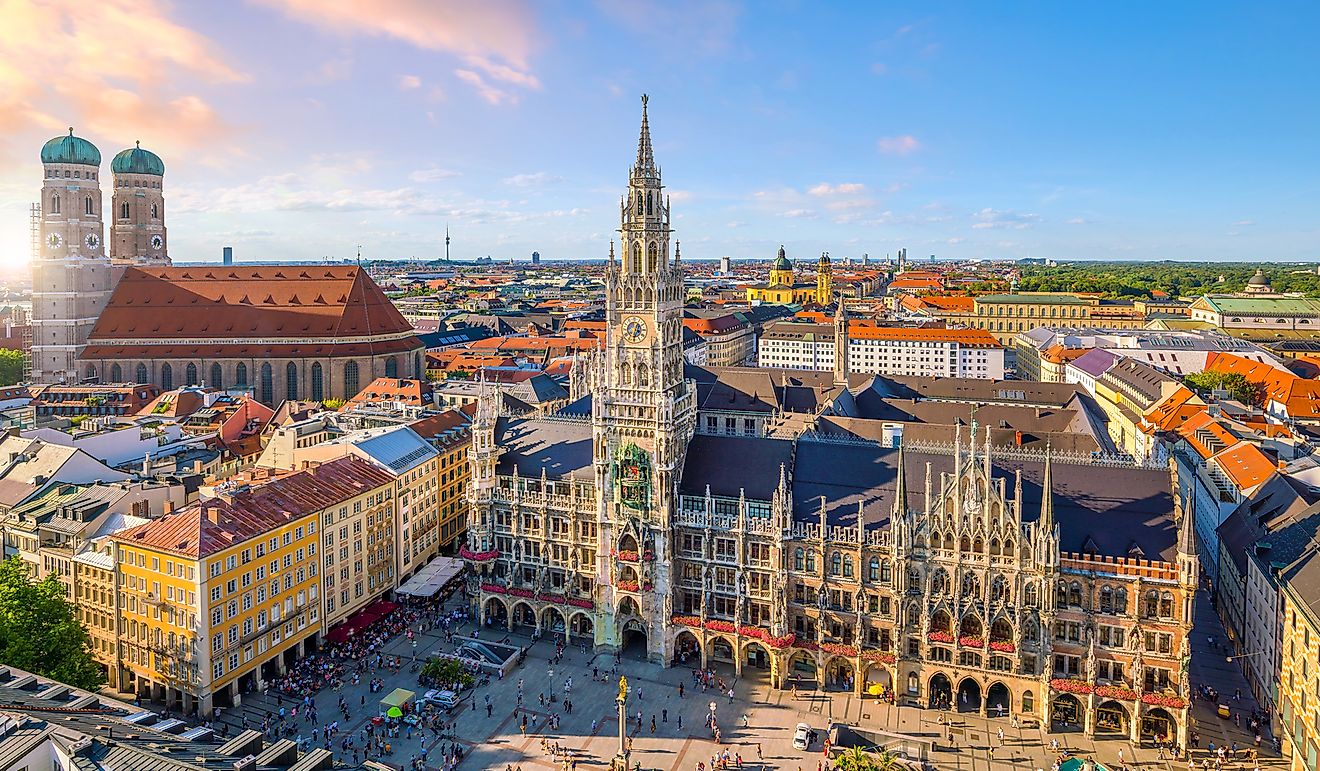Which Country Is Flanders In?

The federal state of Belgium comprises of three regions and three communities based on four language areas. These three communities are Flemish, French, and German-speaking communities while the three regions are Flemish, Walloon, and Brussels-capital regions. The Flemish region, also known as Flanders, is the northern portion of Belgium occupying an area of approximately 5,221 square miles (about 44% of Belgium) and inhabited mainly by the Dutch-speaking community. The region is divided into five provinces with a total of 300 municipalities. Dutch is the official language of the Flemish region although French is also used as an administrative language. The region has a population of approximately 7.9 million people (68.5% of Belgium’s population).
Brief History Of Flanders
When the area was conquered by Julius Ceasar, he considered it a less economically developed part of Gallia Belgica. When the Roman Empire was formed, the entire Gallia Belgica which included the future countries of Brabant and Flanders became an administrative province. The County of Flanders was formed in 862 as a feudal fief of the Kingdom of the West Franks (succeeded by the Kingdom of France). In the 12th century, the county’s western districts came under the French rule, while the remaining parts came under the County of Hainaut. Flanders became part of the Kingdom of Belgium in 1830.
Geography And Administrative Divisions Of Flanders
Flanders is the northern part of Belgium. It shares its southern border with Wallonia while the rest of the border is shared with France in the west, the Netherlands in the north and east, and the North Sea. Brussels is an enclave in the Flemish Region. Flanders is located entirely within the Blue Banana. The region’s three largest cities are Bruges, Ghent, and Antwerp (the largest city with a population of about 500,000 people).
Although Brussels is part of the Flanders Community, it is not part of the Flanders Region. Flanders is divided into 5 provinces, namely Antwerp, Limburg, East Flanders, West Flanders, and Flemish Brabant. The provinces are further divided into 22 arrondissements and 308 municipalities or cities. The Flemish Community comprises both Brussels-Capital and Flemish Regions.
Politics
The political parties in Flanders have historically reflected the pillarization of the Flemish Community. The traditional political parties have been Socialist Party-Differently, Open Vld, and Christian-Democratic and Flemish. However, other political parties have been founded in the region including the nationalist People’s Union and Flemish Block. Some of the inhabitants of Flanders consider it more than a geographical region and are supporting its independence. However, the majority of the people are opposed to the call for independence.
Economy
The Flanders had a total GDP of 165,847 billion pounds in 2004 and the per capita GDP at PPP was 23% above the EU average. The region has a higher per capita and wages than Wallonia. The Flemish Region is considered the first area in continental Europe to have undergone the Industrial Revolution. The region’s economy is export-oriented with the main exports beings food and food products and automobiles. Antwerp has the largest diamond market in the world, with the diamond accounting for 10% of Belgium’s export.











